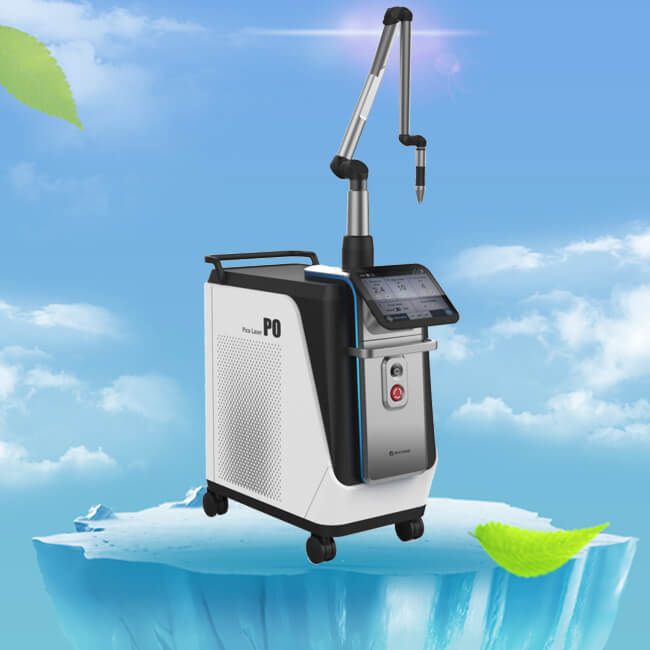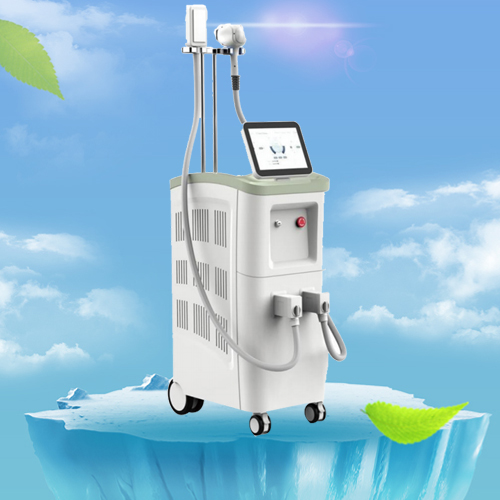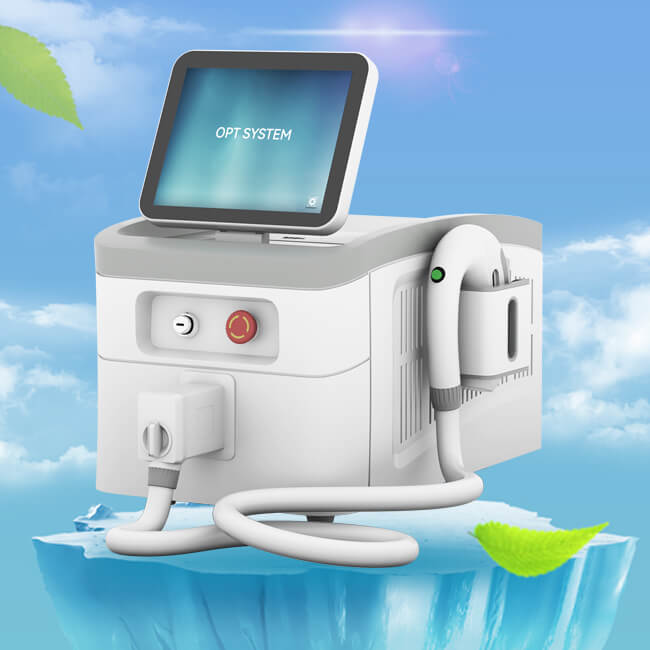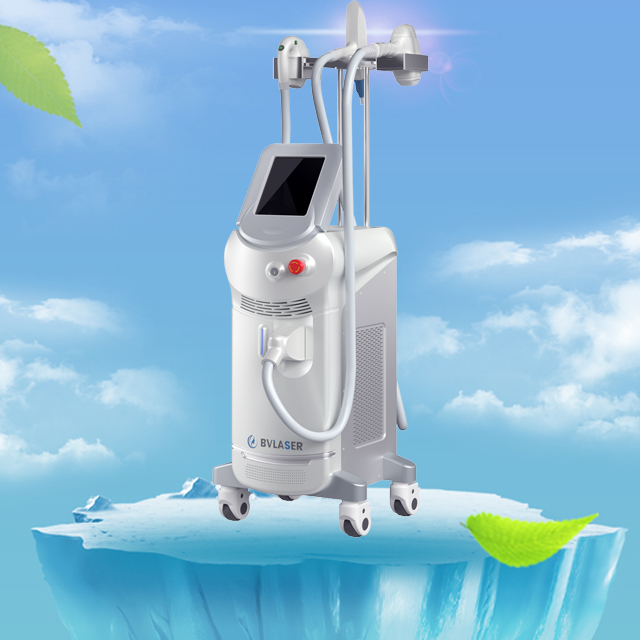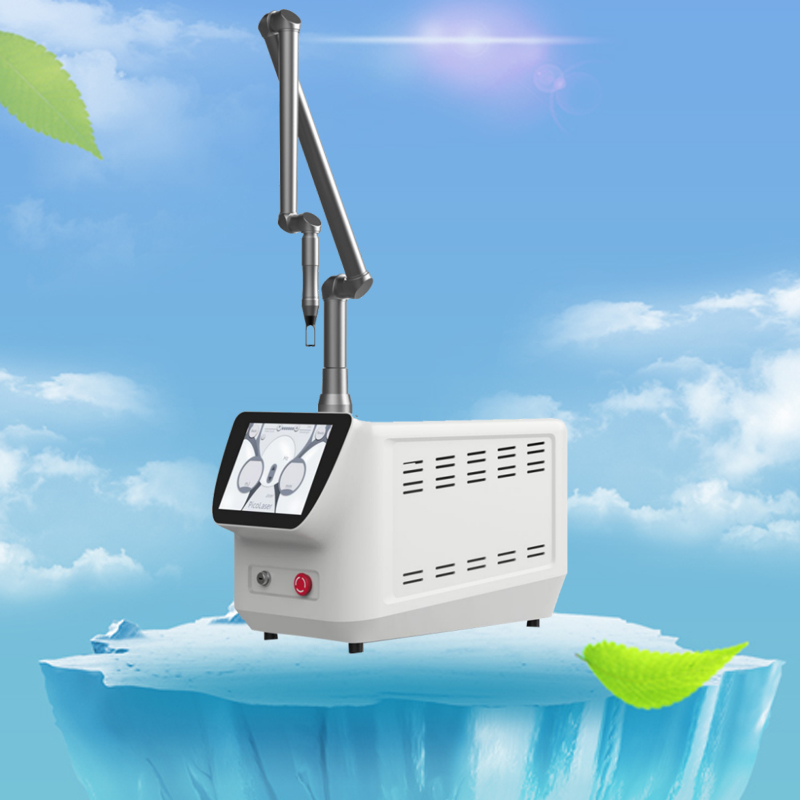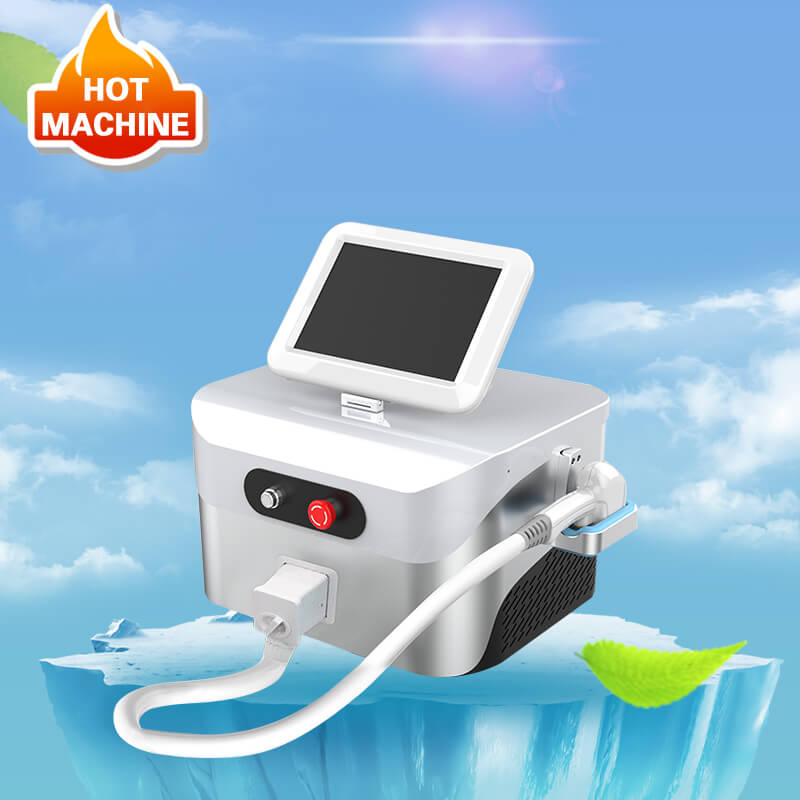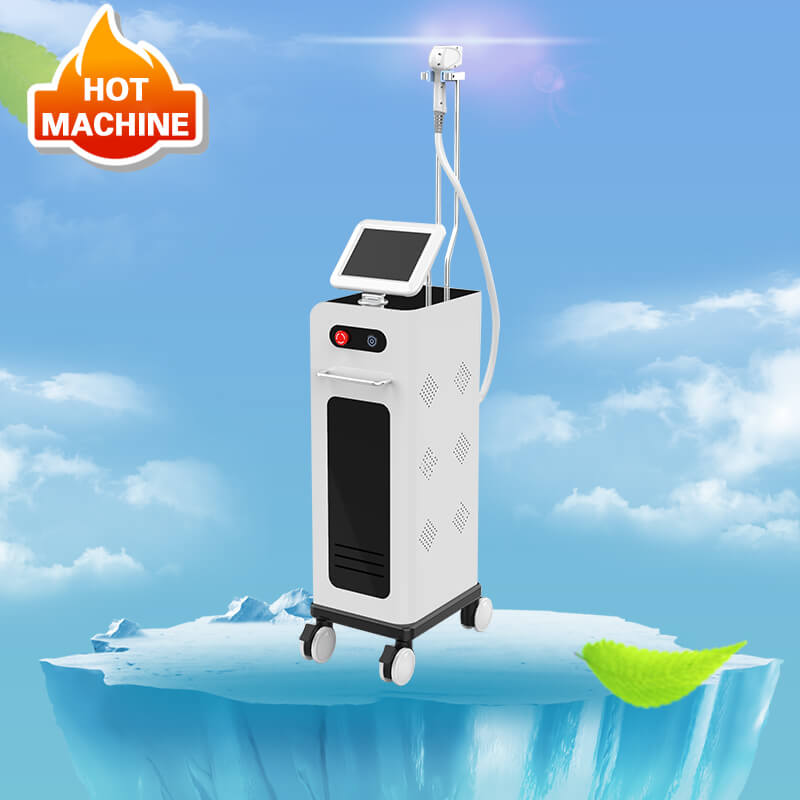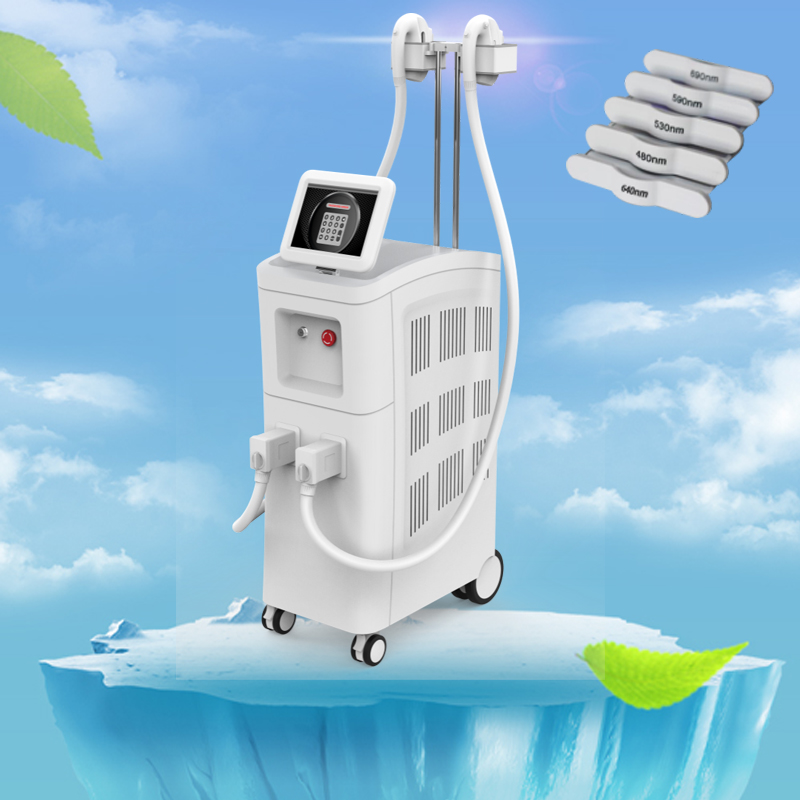HIFU skin tightening facial treatment: all you need to know
Author:baishilf Time:2024-08-26 17:11:52
Non-invasive HIFU ultrasound skin tightening treatments are becoming more and more popular nowadays, as people are looking to revitalise their appearance without having to go “under the knife”. HIFU stands for High-Intensity Focused Ultrasound, and it is a non-invasive cosmetic treatment used for skin tightening. The procedure involves the use of ultrasound energy to heat and stimulate the deeper layers of skin, which in turn triggers the production of collagen. Bestview Laser is a China anti-aging HIFU machine manufacturer, we can provide OEM HIFU ultrasound machine.
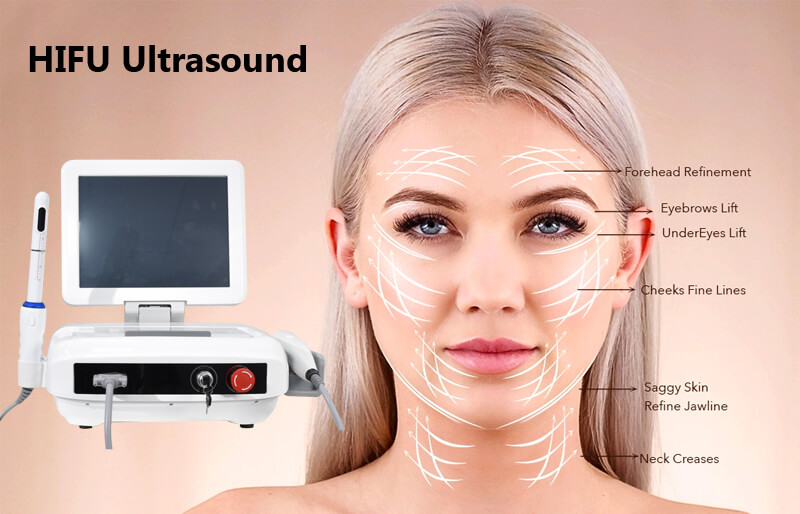
HIFU treatment is a revolutionary procedure that has been gaining popularity in the beauty industry for its ability to lift and firm sagging skin, reduce wrinkles and enhance overall facial contours without the need for surgery or downtime. If you’re curious about this cutting-edge technology and eager to understand how it works, its benefits, potential side effects, and what to expect from the treatment process, then this comprehensive guide is just for you.
HIFU treatment work
The HIFU system consists of an ultrasound transducer that emits high-frequency sound waves, which are focused on a specific target tissue. These sound waves generate intense heat in the target tissue, causing thermal ablation, or the destruction of the tissue. The HIFU technology uses a computer-controlled system that precisely targets the affected area without harming the surrounding healthy tissue. During the procedure, the patient lies on a table, and an ultrasound gel is applied to the skin to help conduct the sound waves. The ultrasound transducer is placed on the skin, and the sound waves are directed to the target tissue. The heat generated by the sound waves destroys the targeted tissue, which is later reabsorbed by the body.
How does HIFU treatment help tighten skin?
Collagen is a protein found in the skin that helps to keep it firm and supple. As we age, the production of collagen slows down, leading to the appearance of fine lines, wrinkles, and sagging skin. HIFU works by stimulating the production of new collagen, which can help to tighten and lift the skin, reducing the appearance of wrinkles and fine lines. Collagen is a protein found in the skin that helps to keep it firm and supple. As we age, the production of collagen slows down, leading to the appearance of fine lines, wrinkles, and sagging skin. During the procedure, a handheld device is placed on the skin, which emits high-frequency ultrasound waves. These waves penetrate the skin and heat up the deeper layers, stimulating the production of collagen. The treatment is typically painless, although some patients may experience mild discomfort. The results of HIFU treatment can be seen immediately, although the full effects may take several months to become apparent as collagen production continues. The treatment is generally considered safe, with few side effects, and does not require any downtime or recovery period. However, it is important to consult with a qualified practitioner at your free consultation prior to any skin treatments to ensure your suitability for the treatment.
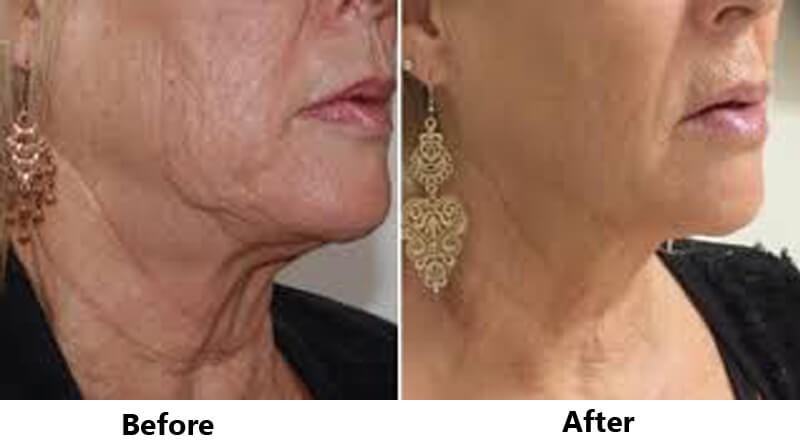
Benefits of HIFU treatment
1.Non-invasive: HIFU is a non-invasive treatment, which means that it does not require incisions or surgery. This reduces the risk of complications and shortens the recovery time.
2.Safe: HIFU is a safe treatment when performed by a qualified healthcare professional. The procedure does not use radiation, which reduces the risk of side effects.
3.Effective: HIFU is an effective treatment for skin tightening, reducing the appearance of fine lines and wrinkles, and lifting sagging skin. The results are long-lasting and can be seen immediately after treatment.
4.Stimulates collagen production: HIFU stimulates the production of collagen, a protein that keeps the skin firm and supple. Increased collagen production can improve the overall appearance and health of the skin.
5.Versatile: HIFU can be used to treat various areas of the body, including the face, neck, and chest.
6.Quick: HIFU treatment typically takes between 30 and 60 minutes, making it a quick and convenient treatment option.
7.Minimal downtime: There is no downtime required after HIFU treatment, which means that patients can resume their normal activities immediately after the procedure.
HIFU vs Surgical Facelift
1.Invasive
HIFU: Non-invasive procedure
Surgical Facelift: Invasive surgical procedure
2.Recovery Time
HIFU: None
Surgical Facelift: 2–4 weeks
3.Risks
HIFU: Mild swelling and redness
Surgical Facelift: Anaesthetic risk, infection, pain & discomfort and scarring
4.Effectiveness
HIFU: A study has found that HIFU had a 94% success rate 3 months after treatment.
Surgical Facelift: One study found that 68.5% of people reported that improvements were very good/above expectations, an average of 12.6 years after the procedure.
Should you consider HIFU treatment?
There are a number of indications for applying HIFU treatment for the face, which include the following:
1.Fine lines and wrinkles.
2.Sagging skin along the cheeks and eyelids.
3.Skin that is thin and with a texture like crepe paper.
4.Drooping skin around the mouth area.
5.Undefined jawline.
As a skin rejuvenating procedure, HIFU can help women lift and tighten the neck, chin and brow, and improve lines and wrinkles on the chest.
Who is suitable for HIFU treatment?
HIFU is more suited to mild to moderate skin laxity. Non-invasive treatments are not likely to give those who require surgical treatment their ultimate results. Having said that, those who have more advanced skin sagging and signs of ageing can consider combining HIFU with other non-invasive skin treatments should they not be interested in surgery. HIFU skin tightening treatment may be right for you if you seek natural but noticeable results and have crepey, sagging skin on your face, neck, or body. It is suitable if your skin has lost its bounce and you notice fine lines, wrinkles, or loose skin in the jowl area. If your jawline is less defined, the skin on your neck is becoming loose, wrinkled, or crepey, or if you would like to redefine features such as your cheeks, tighten, and contour your skin, this non-invasive treatment with no downtime might be ideal. In cases of more advanced skin laxity and ageing signs, combining HIFU with other aesthetic treatments like the Thread Lift may be appropriate, and this would be thoroughly discussed during your skin consultation and assessment. High-intensity focused ultrasound, HIFU treatment, is a minimally invasive skin tightening and skin lifting facial rejuvenation treatment.
When to see HIFU results?
On average, full results are seen around three months after you’ve finished your course of HIFU. Some people may notice a subtle improvement a few days following the treatment, known as the ‘collagen contracture’ stage. Results are dependent on the individual’s own skin-repairing mechanism during which collagen production is stimulated and formed which can take several months. It is advisable to plan the HIFU treatment in advance of an event that you wish to see results in time as full results are not immediate. As with many medical-aesthetic treatments, lifestyle can have an impact on the results.
Some people may see immediate initial improvements, however, the optimal time when clients will see lifting, tightening and firming is three months after treatment with gradual improvements noticed once the skin has had time to repair and produce new collagen and elastin which holds the structure of the skin. During this period, older collagen is replaced and the building process continues clients may even see improvements for up to six months after the final procedure.
Are there any side effects of HIFU treatment?
HIFU skin tightening is considered a safe treatment when performed by a qualified and fully trained practitioner. One of the reasons why the HIFU facial is so popular is that you can carry on your usual activities immediately after your HIFU treatment. You may have some pinkness or redness and light swelling of the tissue of your facial skin immediately after, but this usually subsides quickly. You may have some light tingling in the area treated, this usually subsides quite quickly but it has been reported to last for a few weeks. Rare side effects include temporary numbing in the area which usually subsides after a few days. During a consultation, before you decide upon any treatments, your practitioner should discuss both the benefits of the treatment and any possible side effects with you.





